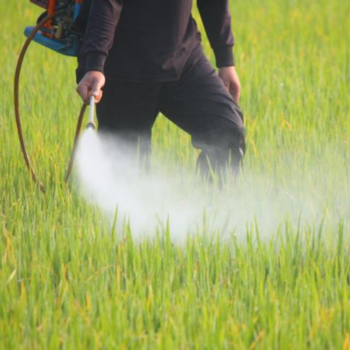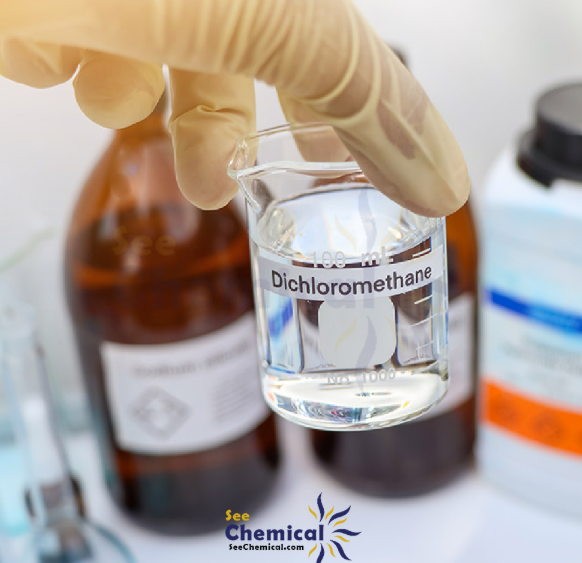Occupational Health
Occupational health services and medical surveillance within EHS works towards the goals of adequate program surveillance measures for a variety of exposure areas, early recognition of health alterations due to exposure and management of occupational exposure programs.
Guidelines
Best Practices
Additional Programs
Resources
Safety Manuals









